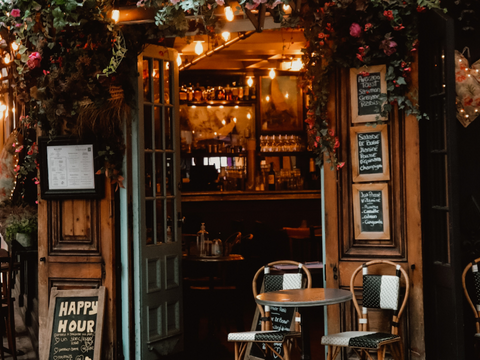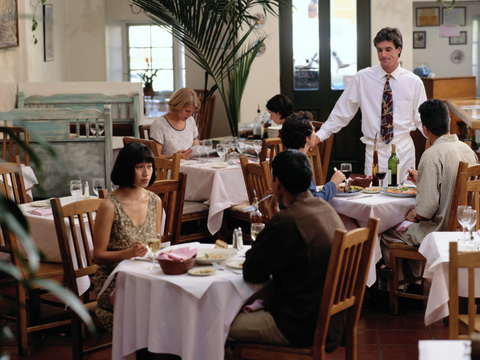When it comes to opening a restaurant, the old real estate adage "location, location, location" rings especially true. The location of your restaurant can make or break your business, affecting its visibility, accessibility, and profitability. Here’s how to choose the perfect spot for your foodie trip.
1. Know your target market
Before you start looking for a location, understand who your customers are. Are your target customers college students, office workers, or families? The demographics of your target market will determine the best location for your restaurant. For example, fast food restaurants may thrive near schools or offices, while family restaurants may thrive in residential areas.

2. Visibility and Accessibility
A restaurant that is easy to see and enter can attract more customers. Look for locations in high-traffic areas, such as shopping malls, business districts, or major roads. Also, consider accessibility. Are there enough parking spaces? Is it close to public transportation? Can customers easily walk to your restaurant?
3. Assess the competition
While it's not always a bad idea to open a restaurant near your competitors, understanding the competitive landscape is crucial. If you offer a unique product, being near your competitors may attract their customers. However, if the market is saturated, you may struggle to get your fair share of customers.
4. Size and layout
The size and layout of the location should accommodate the restaurant's operations. Consider kitchen equipment, seating arrangements, bathrooms, storage, and even queuing space. Keep in mind that a cramped dining room can negatively impact the dining experience.
5. Budget considerations
Finally, consider your budget. Rental costs can eat up a large portion of your income, so finding a location within your means is crucial. Don’t forget to consider other costs such as utilities, maintenance, taxes and potential renovations.

6. Local regulations and permits
Each city has its own set of restaurant regulations and zoning laws. Some areas may not allow certain types of restaurants to open, or may have strict rules on waste disposal, noise levels and opening hours. Check with local authorities to make sure the location you choose is suitable for your restaurant.
7. Future growth
Think about your long-term plans. If your restaurant is successful, you may want to expand or add more seating. Choose a location with potential for growth.
Choosing the right location for your restaurant is a big decision that requires careful consideration. It’s not just about finding a place with lots of traffic or great views. It’s about finding a product that fits your concept, target market, and budget. With the right location, your restaurant is one step closer to success.
























